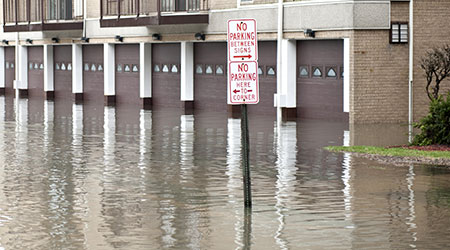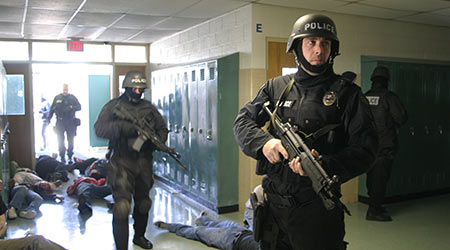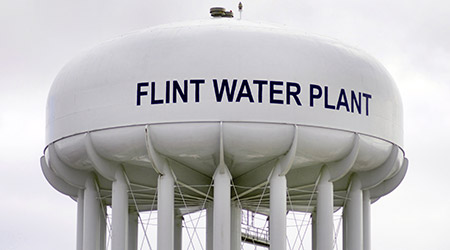
Resilient Facilities: Preparing for Growing Threats
February 21, 2018
From power outages and fires to active shooters, a range of potential emergencies can threaten the assets, occupants and operations of institutional and commercial buildings. For maintenance and engineering managers, participating in the process of emergency preparation and planning in their organization involves taking a hard look at the way key facility systems — including HVAC, electrical, access control, and plumbing — both are impacted by the emergency itself and are key elements in helping facilities return to their normal operations.
Now, managers in many organization are beginning the process of hardening their facilities against an existing set of threats that look to be growing in size, scope and potential impact — natural disasters caused by climate change.
The latest organization to undertake this process is the U.S. General Services Administration (GSA), which owns and manages the federal government’s stock of buildings and properties. The GSA is working to make its federal real estate portfolio as resilient as possible against natural disasters in the future, according to Federal News Radio.
Read: The link between facility resilience and sustainability
As with many organizations, one major challenge for the GSA in this process is translating information on climate change and its potential impact into potentially huge investments in protecting and even relocation facilities, employees and operations.
“The biggest question for GSA often is, how do we look to integrate the latest actionable science to inform prudent federal investment, and to manage risk over the service life of the assets that are owned and operated by this agency,” says Ann Kosmal, a climate response architect at GSA.
Some challenges, she says, include incorporating cutting-edge developments in climate science into an agency such as the GSA, which builds and operates facilities with a 50- to 75-year timeline in mind at a minimum. Also, she says the federal government in the future could be held legally accountable for not making its federal real estate holdings more adaptable to climate change threats.
Read: One college’s savvy action on flooding preparation
Beyond the process of making facilities more resilient, the GSA is also looking at reducing its fossil fuel footprint by developing more net-zero facilities powered by renewable, zero-emission energy sources. Its NetZero Energy Challenge aims to have all federal buildings reduce their fossil fuel-generated energy use to zero by 2030.
This Quick Read was submitted by Dan Hounsell — dan.hounsell@tradepressmedia.com — editor-in-chief of Facility Maintenance Decisions.
Next
Read next on FacilitiesNet












